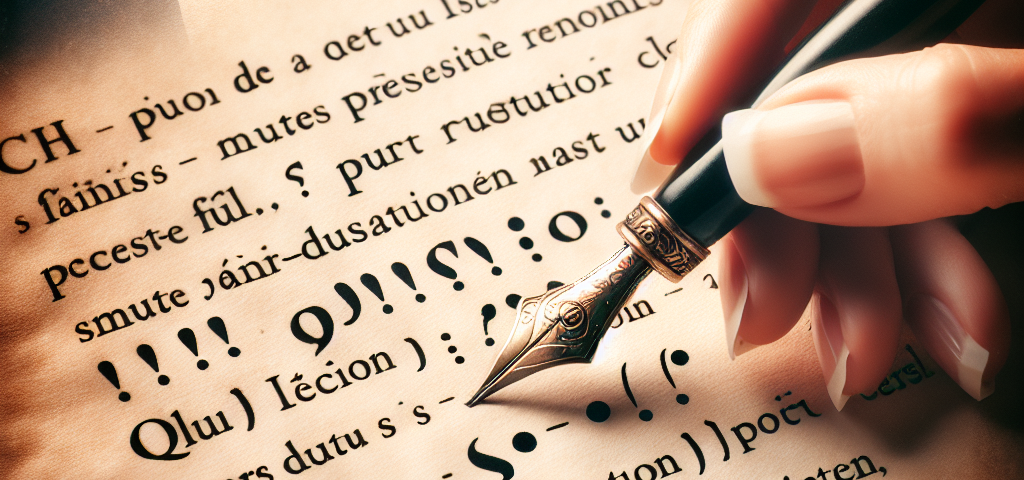
From Beginner to Bilingual: Structured Approaches to French Conversation
May 30, 2025
Developing a Sharp Eye: French Grammar Awareness Strategies
May 30, 2025
Punctuation is the unsung hero of language, often overlooked but crucial for conveying meaning and ensuring clarity. In French writing, punctuation plays a vital role in guiding readers through sentences and enhancing the overall aesthetic of the text. Whether you’re a student learning the language or a seasoned writer, understanding French punctuation is essential. This article will explore the key punctuation marks in French and how to use them effectively.
1. Le Point (The Period)
The period is used in French just as it is in English: to indicate the end of a declarative sentence. However, in French, the period is used to end abbreviations as well.
Example:
- J’aime le chocolat. (I love chocolate.)
- M. Dupont (Mr. Dupont)
2. La Virgule (The Comma)
Commas in French serve similar functions as they do in English. They are utilized to separate elements in a list, introduce clauses, or set off non-essential information. It is noteworthy that French does not use a comma before the conjunction "et" (and) in a list, unlike some English styles.
Example:
- J’achète des pommes, des poires et des bananes. (I am buying apples, pears, and bananas.)
- Il a dit que, si elle arrive, nous commencerons. (He said that, if she arrives, we will start.)
3. Le Point-virgule (The Semicolon)
The semicolon highlights a stronger connection than a period while separating distinct but related ideas. In French, it often precedes conjunctive phrases.
Example:
- Je lis un livre; c’est très intéressant. (I am reading a book; it’s very interesting.)
4. Les Deux-points (The Colon)
Colons introduce lists, quotes, or explanations. In French, there are specific spacing rules associated with colons, where a space is generally placed before the colon.
Example:
- Je vais acheter plusieurs fruits : des pommes, des poires et des bananes. (I’m going to buy several fruits: apples, pears, and bananas.)
5. Les Guillemets (Quotation Marks)
French uses angle quotation marks (« »), often referred to as "guillemets." Unlike English quotation marks, guillemets are preceded and followed by a space in formal writing.
Example:
- Elle a dit : « Je viendrai demain. » (She said, "I will come tomorrow.")
6. Le Point d’interrogation (The Question Mark)
The question mark in French is used as it is in English, to indicate a direct question. In a formal context, a space is typically placed before the question mark.
Example:
- Comment ça va ? (How are you?)
7. Le Point d’exclamation (The Exclamation Mark)
Like the question mark, the exclamation mark can also have a space preceding it in formal writing. It is used to convey strong emotions or commands.
Example:
- Attention ! (Watch out!)
8. Les Parenthèses (Parentheses)
Parentheses are used in French writing to add supplementary or explanatory information that is not essential to the main sentence. They are similar in usage to English parentheses.
Example:
- Marie (ma sœur) adore les chats. (Marie (my sister) loves cats.)
9. Les Tirets (Dashes)
Dashes can denote interruptions in thought or introduce additional information. They are commonly used in dialogues.
Example:
- — Qu’est-ce que tu fais ? — Je lis. (— What are you doing? — I’m reading.)
Conclusion
Mastering punctuation in French writing is fundamental for effective communication. Each punctuation mark serves a distinct purpose and contributes to the richness of the language. Whether you are crafting essays, composing emails, or engaging in creative writing, a solid grasp of punctuation will enhance your clarity and style. As you continue to develop your French writing skills, pay careful attention to these essential marks and their correct usage for punctuation perfection!

